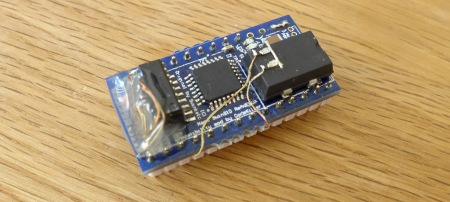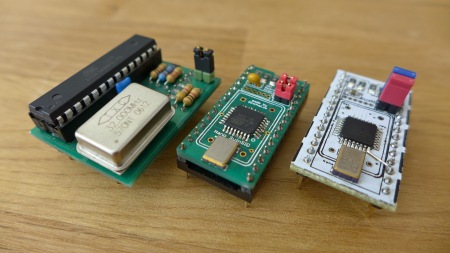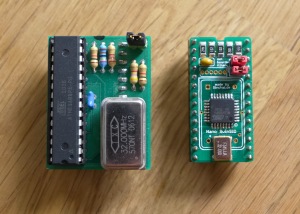While me and couple of hundred other SID fanatics are waiting for the SIDFX units to arrive, a new advanced dual SID board design appeared out of the blue; MixSID by Henning Bekel.
The arrival of MixSID is quite interesting, as feature-wise MixSID appears to be on-par with the SIDFX. Want to install any two SID models to any C64 model? Be able to switch between the installed SIDs on the fly? Choose between mono, dual-mono or true stereo operating modes? Have flexible selection for the second SID address space? Adjustable digi-boost for 8580? Volume level balancing for the installed chips? Reduced noise?
Check.
Both SIDFX and MixSID are capable with the above, and more. Of course SIDFX has even more some interesting features, including software configuration for the settings, and automatic configuration (voltage, filters) for the installed chips etc.
Comparing the two is not exactly the point of this article, but I can’t help myself doing that spec-wise, as both are advanced dual SID boards, with many similar features, and appearing around the same time.
The biggest difference between the two is actually the approach and design philosophy; SIDFX states being a plug and play, solder free solution that automatically detects the installed SID chips and configures itself accordingly. MixSID, in turn, is manually configured, comprehensively documented, open source, and DIY-friendly.
In fact, you can only have MixSID by building one yourself. You can go ahead and order or make your own pcbs, but Henning also sells the MixSID boards as kits, and I was sure to get myself one.
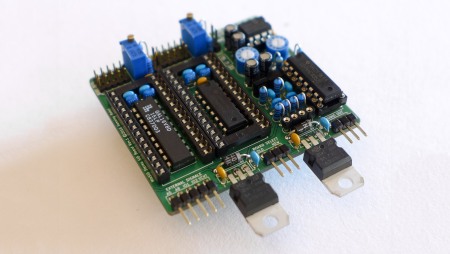
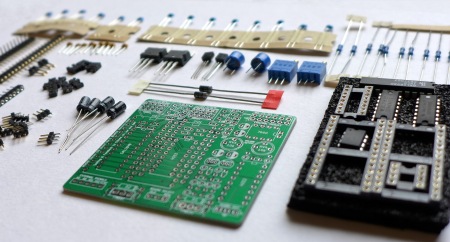



 Posted by ilesj
Posted by ilesj 